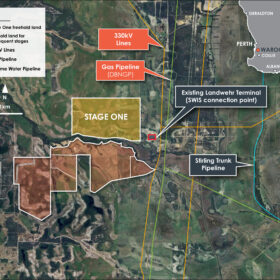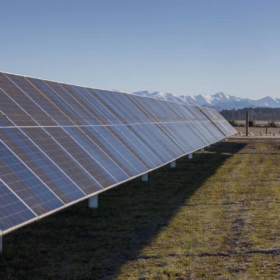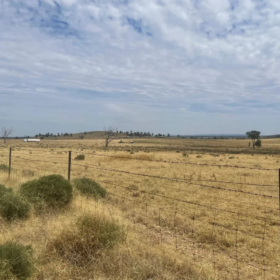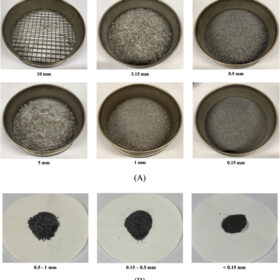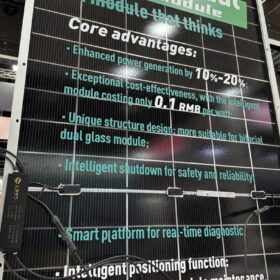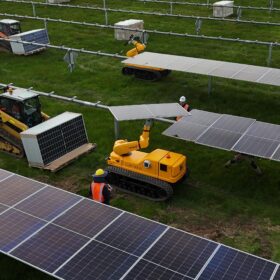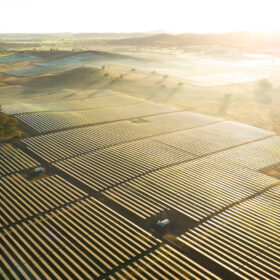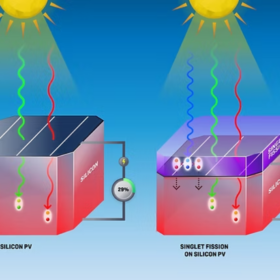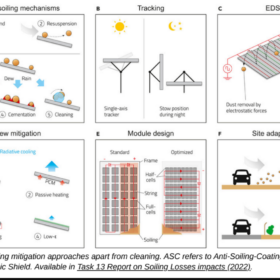Frontier unveils expansion strategy for Waroona solar and battery project
Frontier Energy has revealed a multi-stage expansion strategy for its Waroona solar and battery project being developed in Western Australia’s southwest, targeting up to 1 GW of PV generation capacity and 660 MW of battery energy storage by 2031.
Genesis and FRV scrap solar development partnership
New Zealand government-backed utility Genesis Energy and FRV Australia, the local arm of global renewable energy developer Fotowatio Renewable Ventures, have dissolved their solar development joint venture just months after delivering their first PV project.
Ace lands fast approval for NSW solar-plus-storage project
A 141 MWdc solar farm and big battery with up to four hours of storage proposed for central western New South Wales has been given the green light by the federal government less than three weeks after plans were submitted for assessment.
New sieving tech for solar cell silver recovery
Researchers at University of New South Wales have reported details about a novel sieving-aids technology that improves the separation of metal fragments from other components when recycling end-of-life PV panels. The patented process reportedly enhances the recovery of silver.
Solar module prices to rise 9% in Q4, says Wood Mackenzie
Wood Mackenzie says module prices will climb as China ends export rebates and consolidates polysilicon production.
Novel fluorine recovery method promises polymer recycling benefits
Researchers have developed a novel defluorination method to dispose of PTFE, used in solar componentry and electric cable coating, that converts its constituent fluorine compounds and could enable eco-friendly polymer recycling.
Autonomous robot module installation trial fast tracks Victorian solar farm
The installation of almost 500,000 solar panels at Victorian solar farm will be completed this week, thanks in part to a collaboration with US robotics company Luminous, which has trialled its autonomous fleet at the site, during the construction phase.
Why data-driven planning will shape the success of Australia’s 2035 climate goals
Achieving Australia’s 2035 energy goals needs engineering firms to have project intelligence at their fingertips, through unified, real-time data about a project, its people, and finance, to ensure accurate forecasting, avoid delays and maximise performance.
Singlet fission research breakthrough unlocks high solar cell efficiency
University of New South Wales researchers have filed patent protection and are working to scale production of a new class of photostable organic molecules proven to boost silicon solar cell efficiency, reduce heat and extend panel lifetimes using singlet fission.
IEA-PVPS warns soiling costs solar industry billions per year
The International Energy Agency’s Photovoltaic Power Systems Programme says dust, pollution, and debris on solar panels reduce output by 4% to 7% worldwide, costing the industry billions of dollars annually and making tailored mitigation increasingly urgent.
